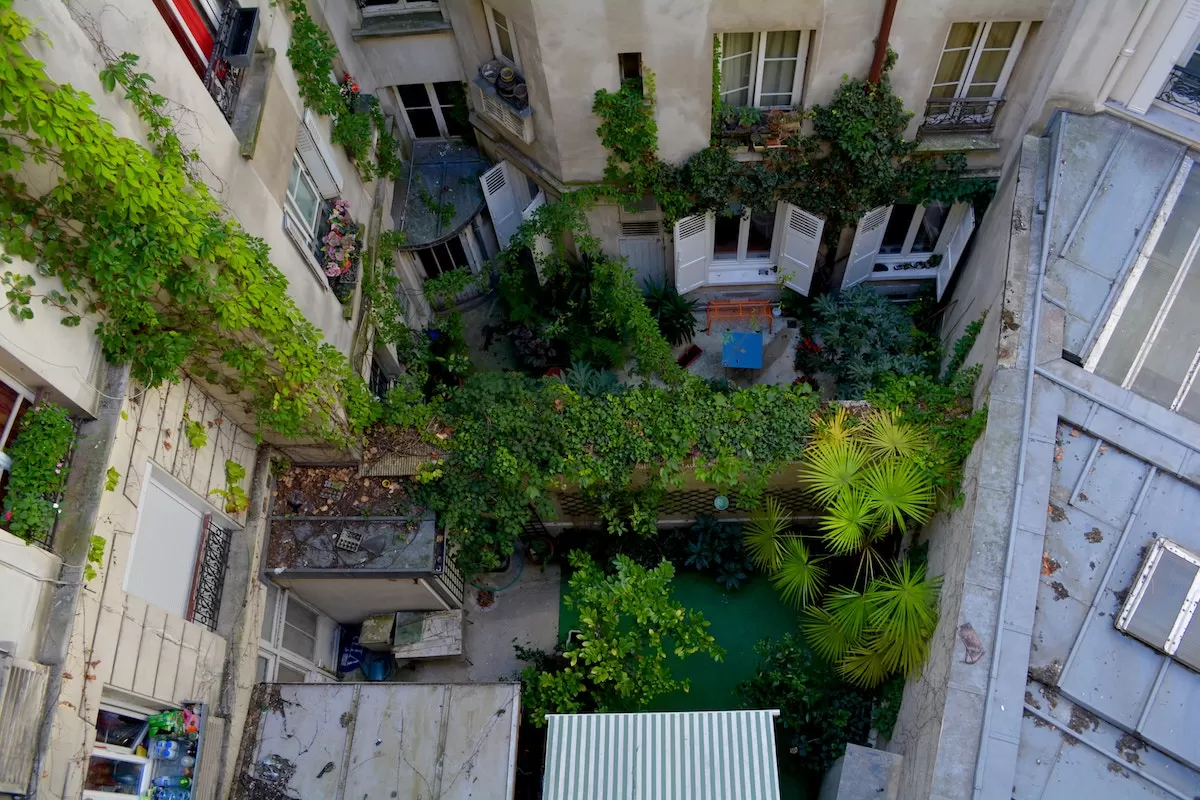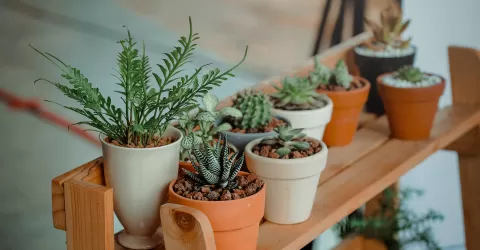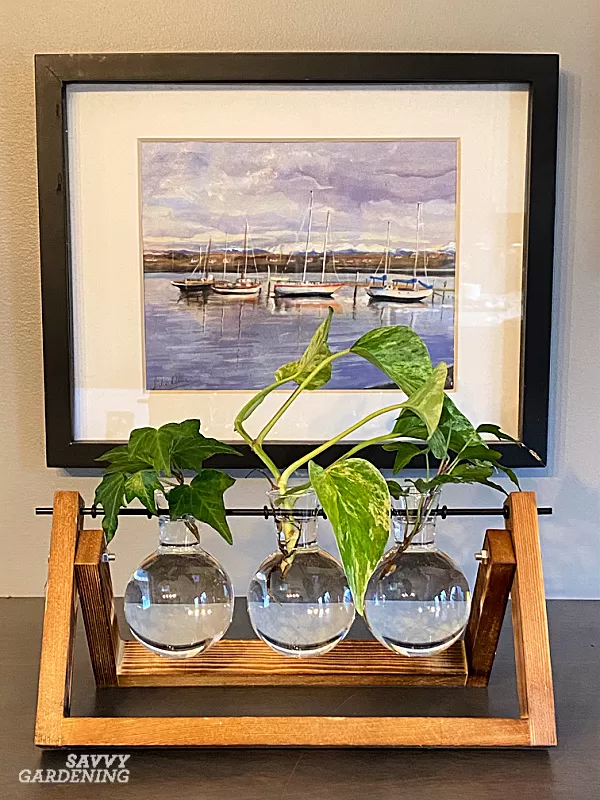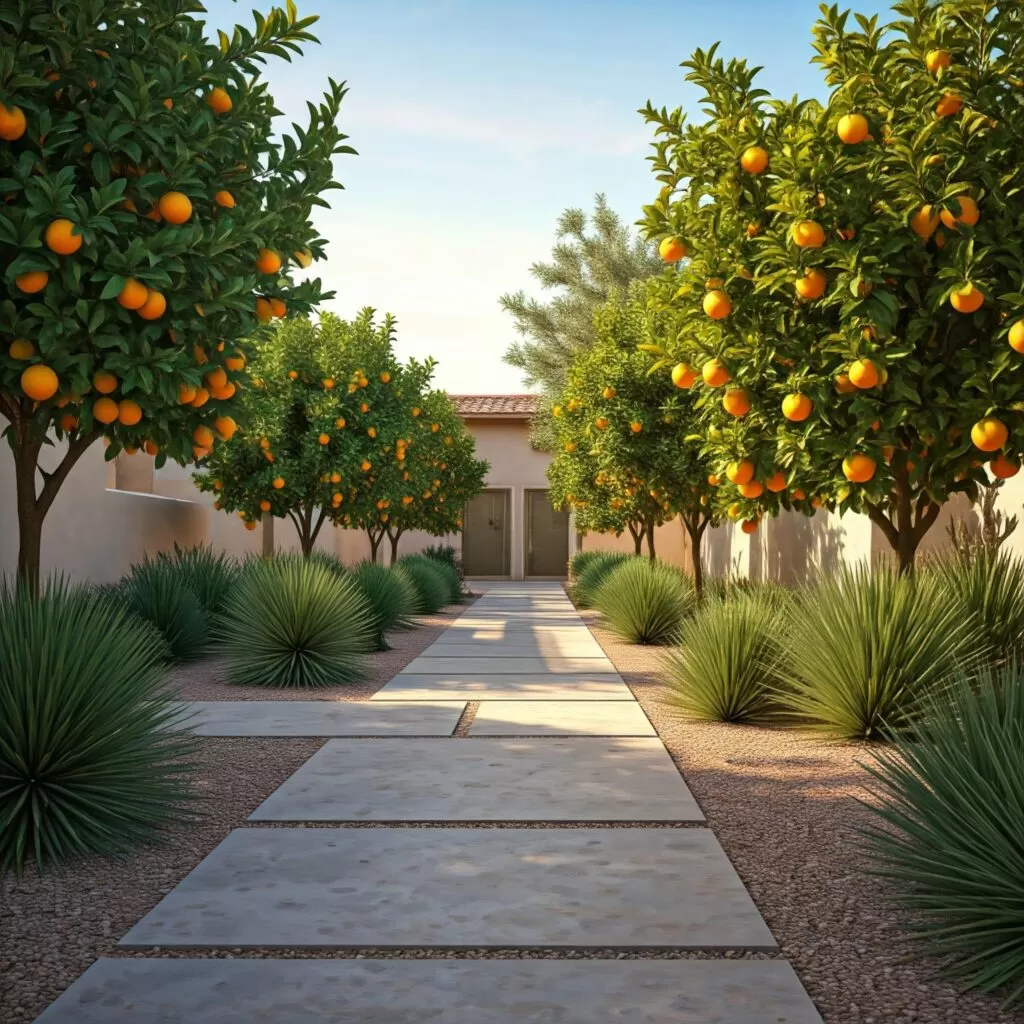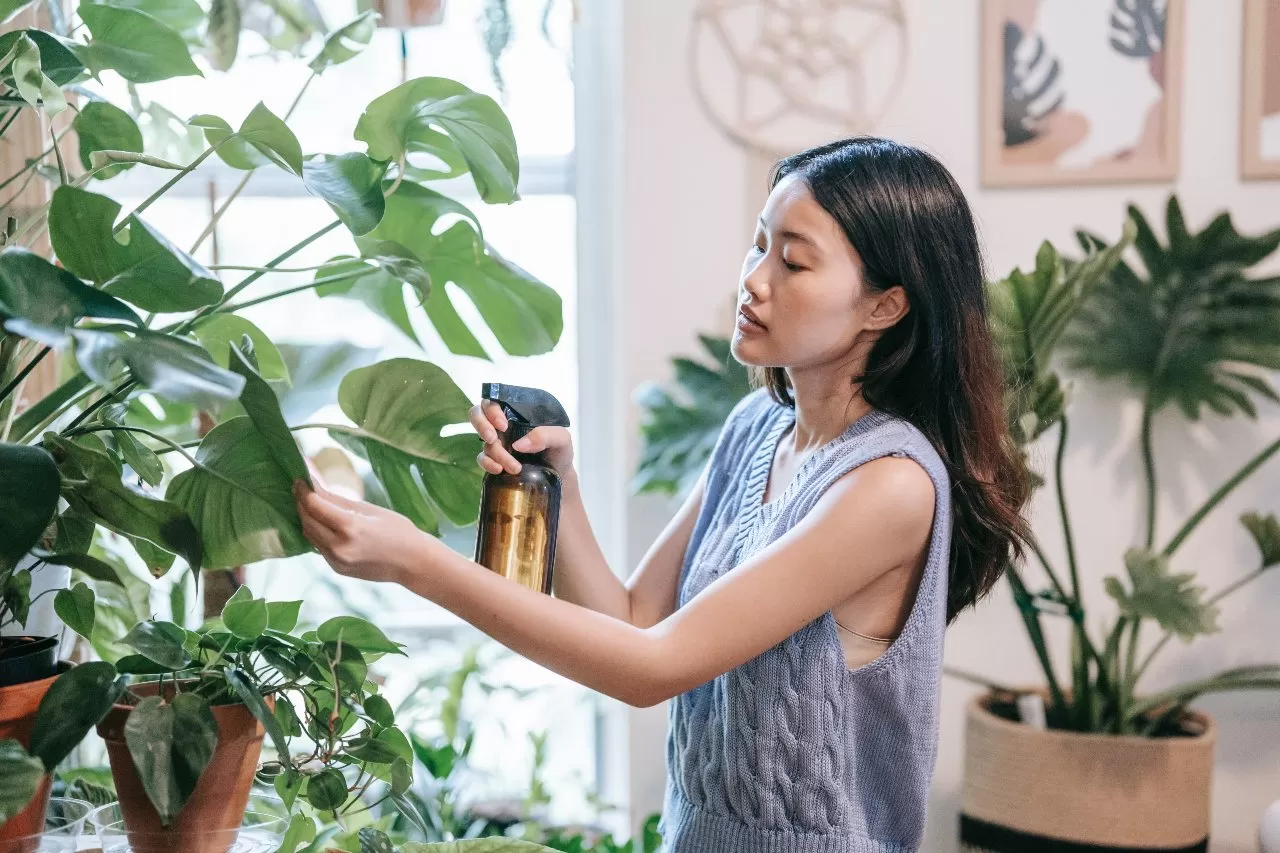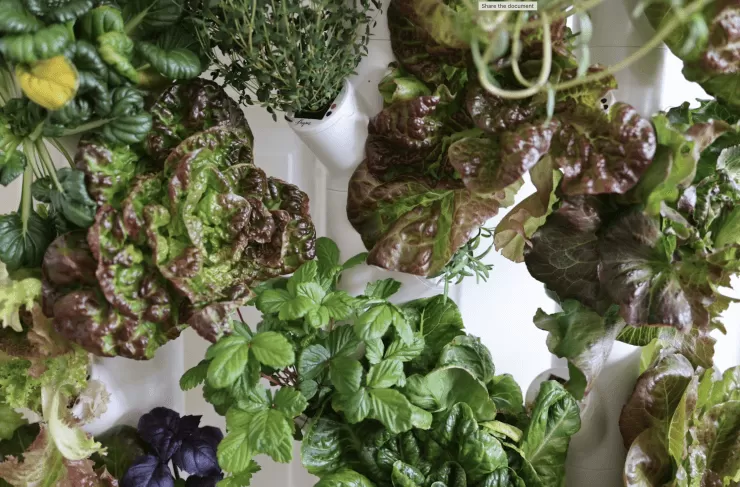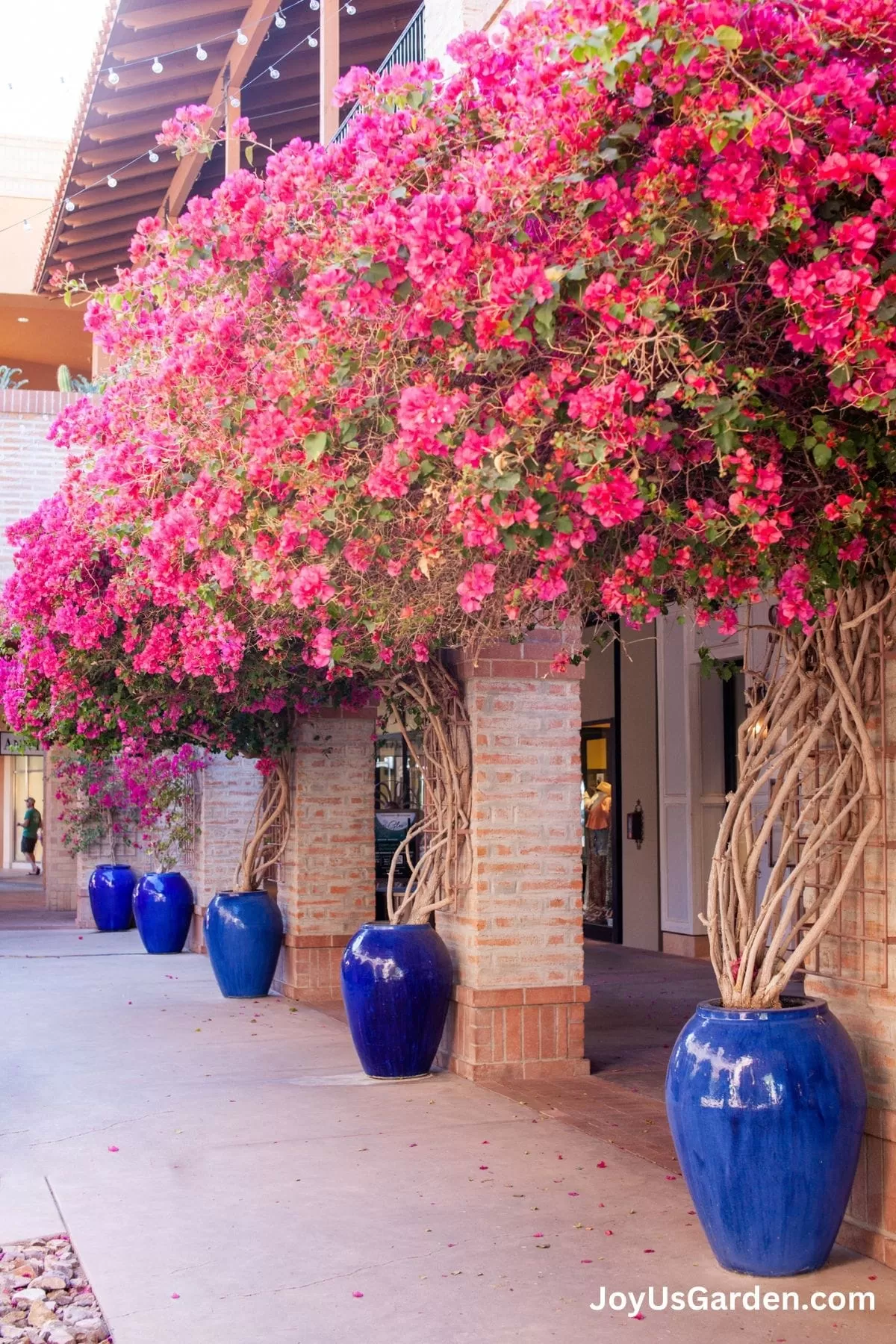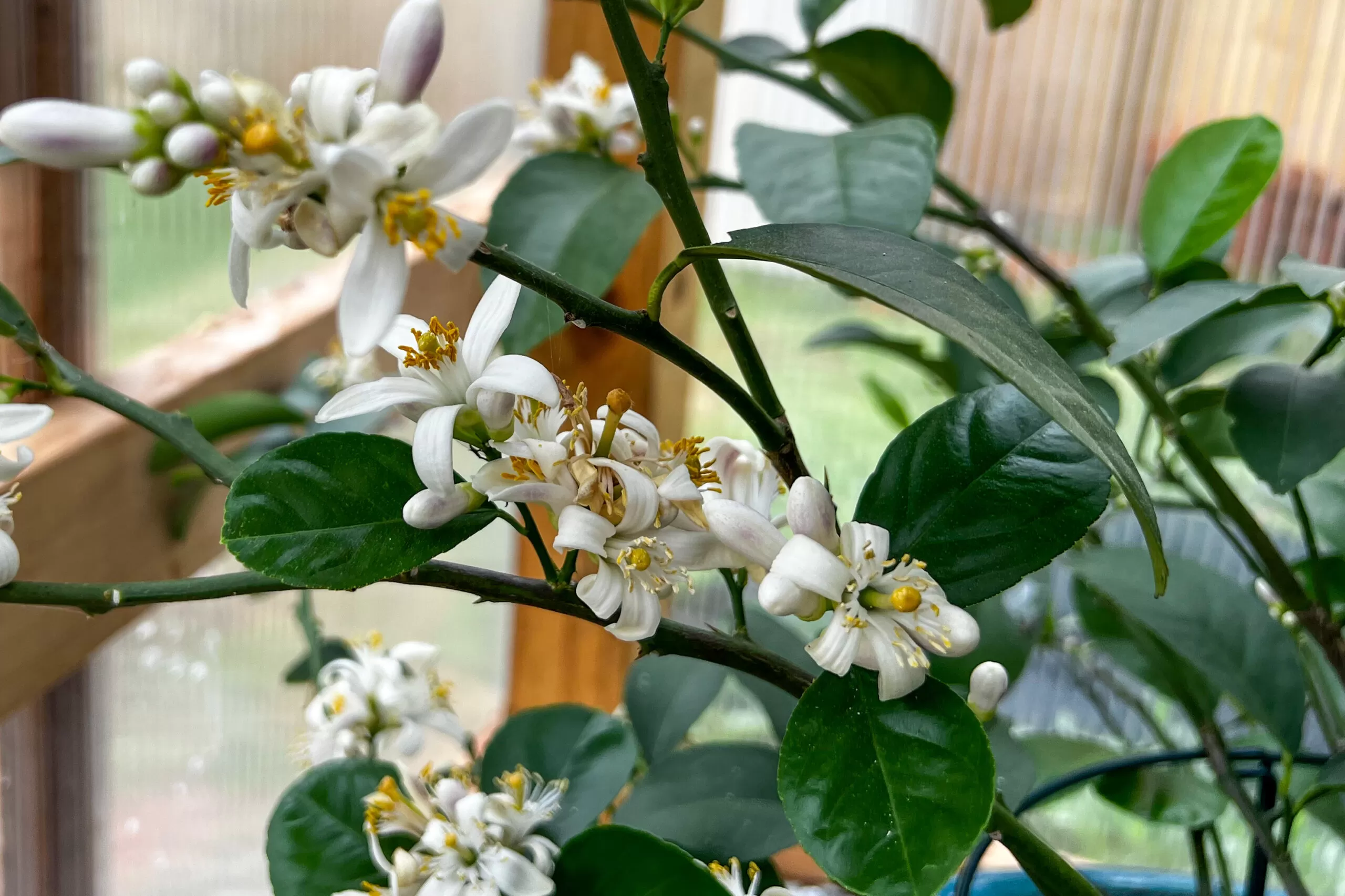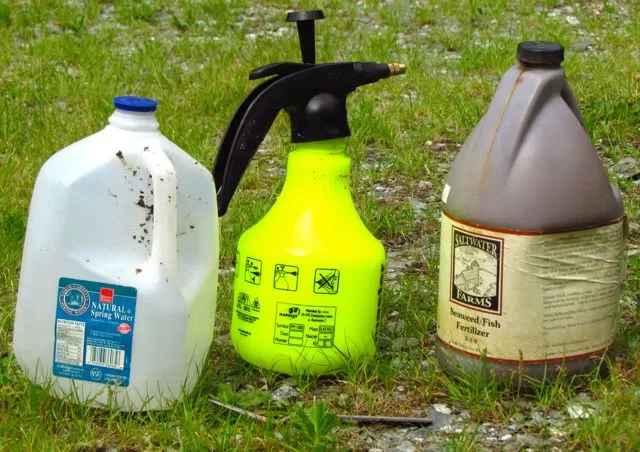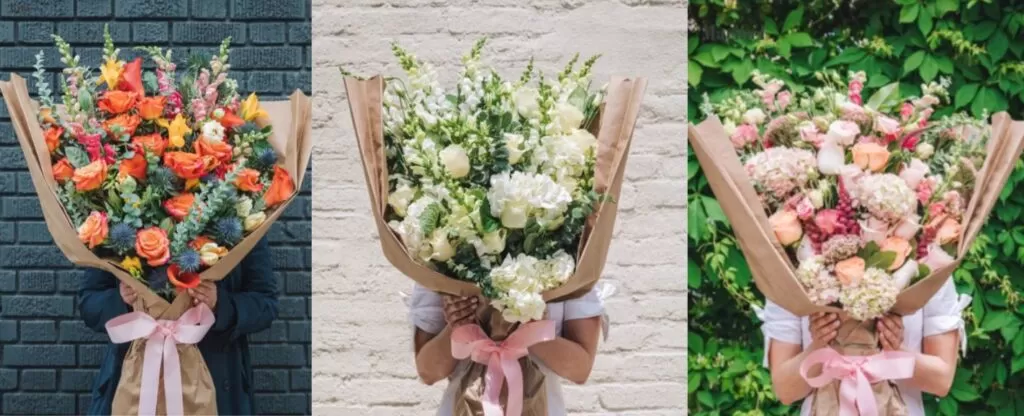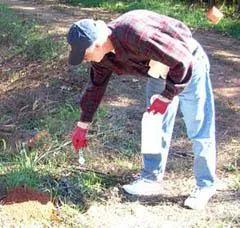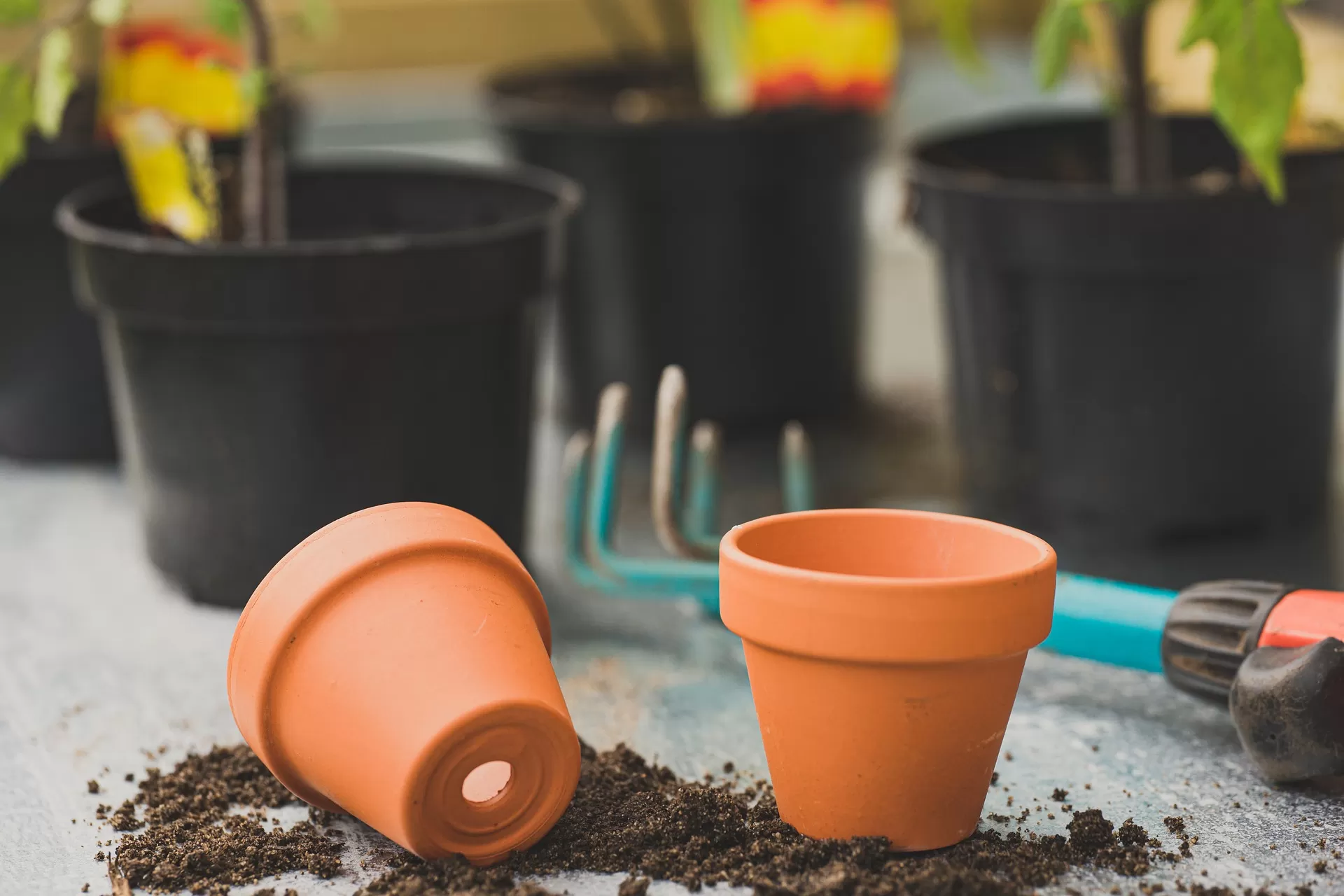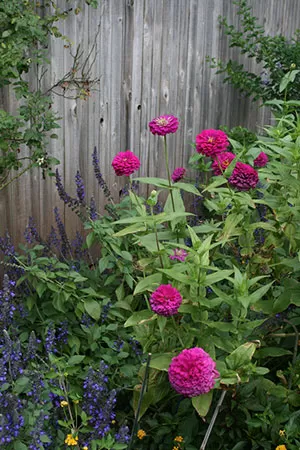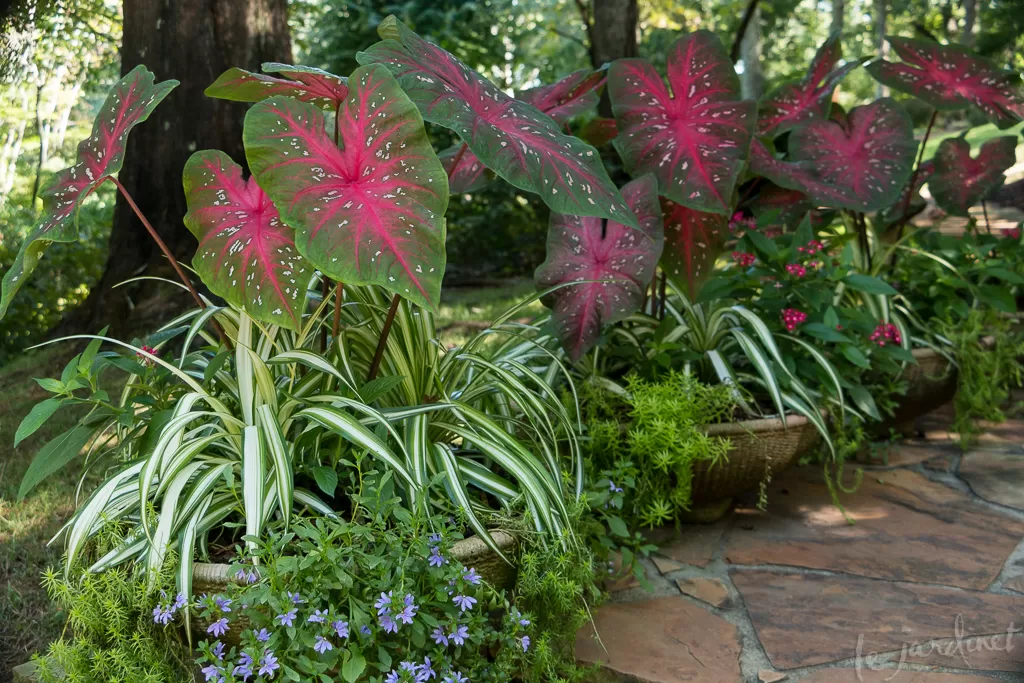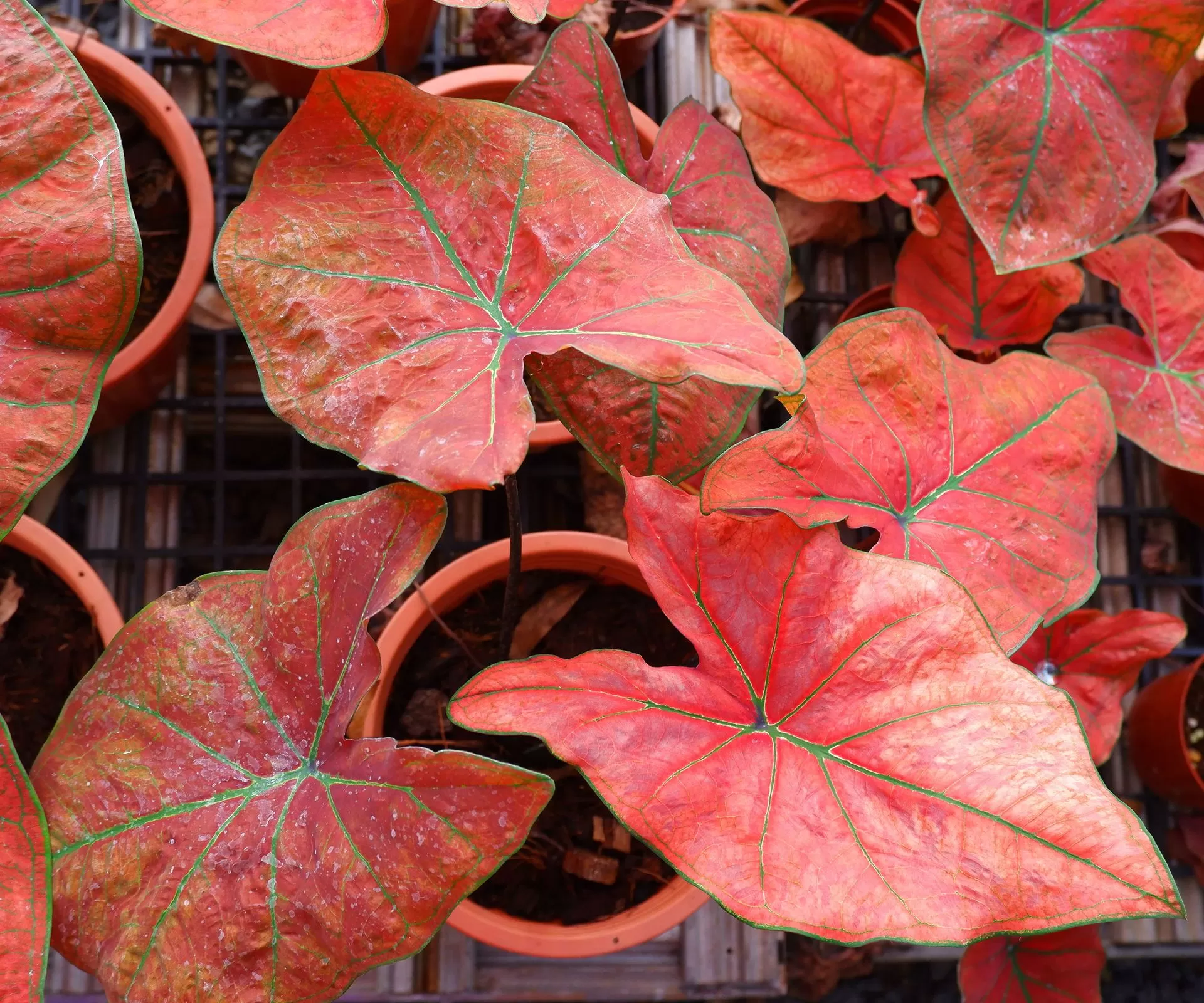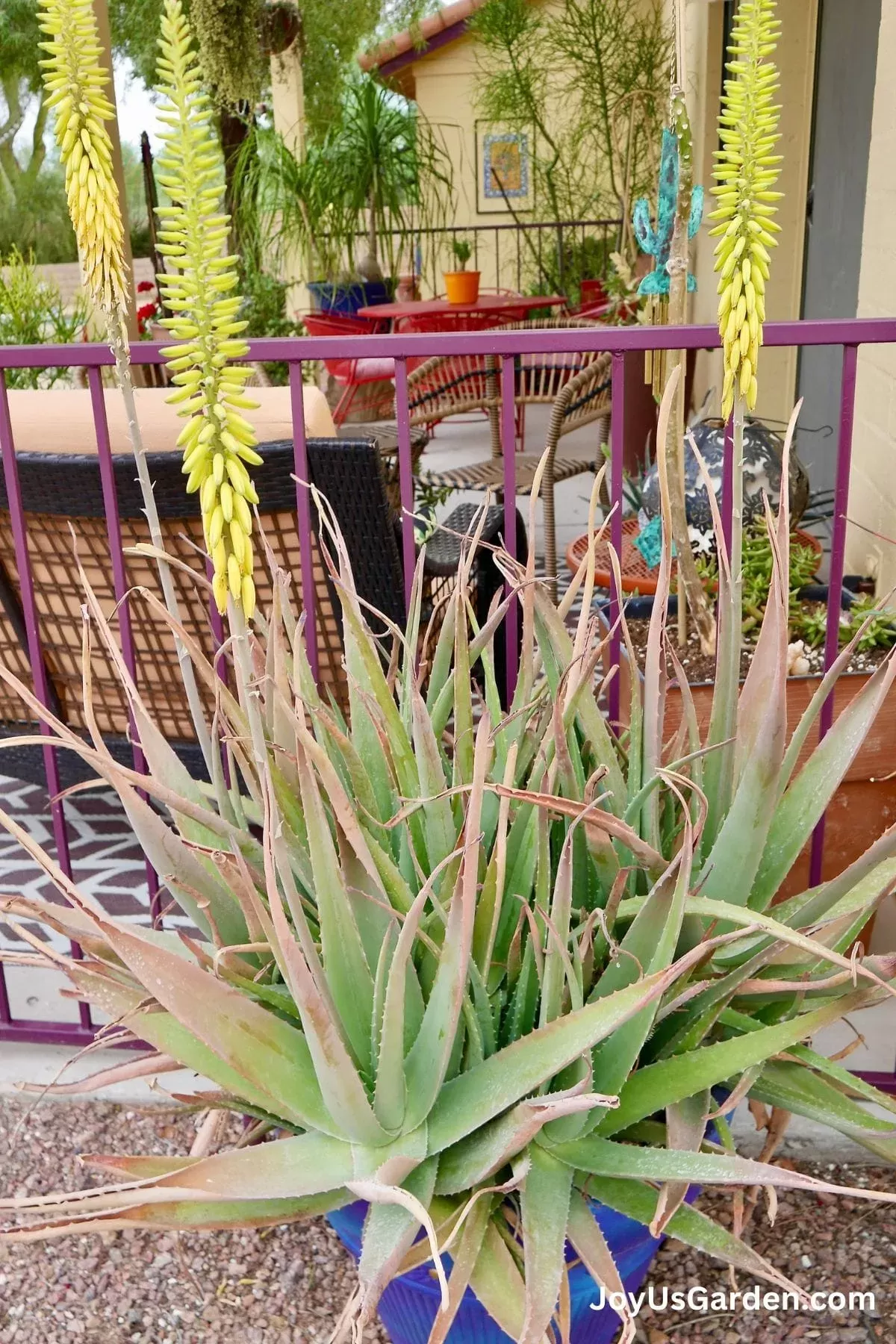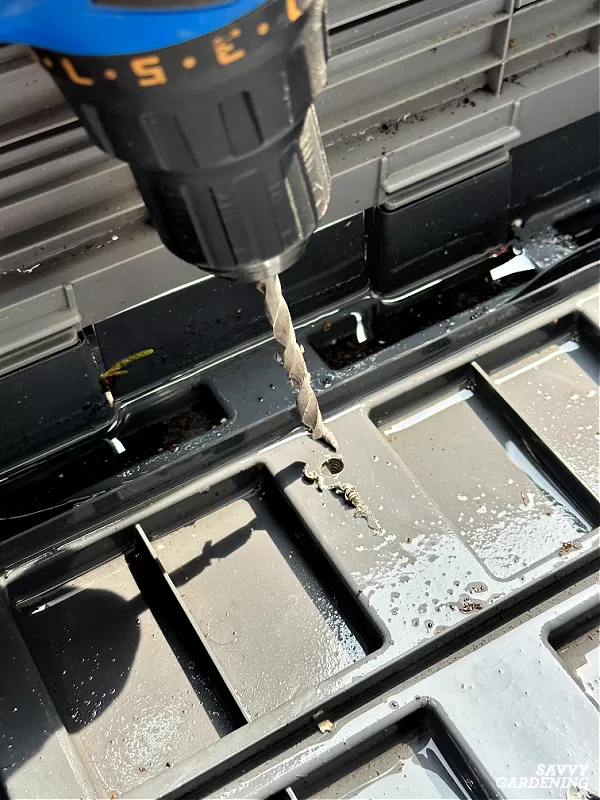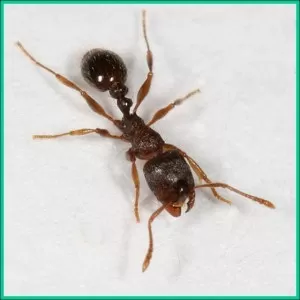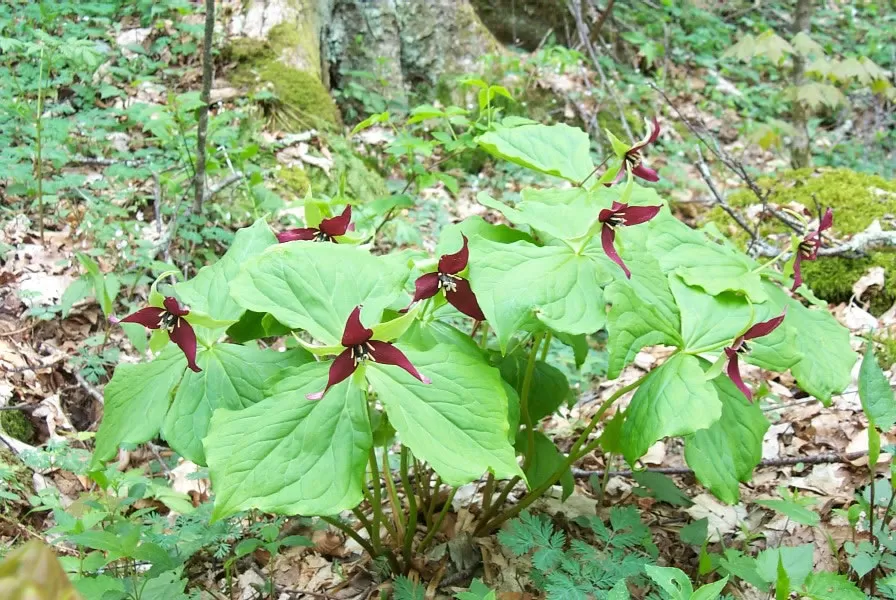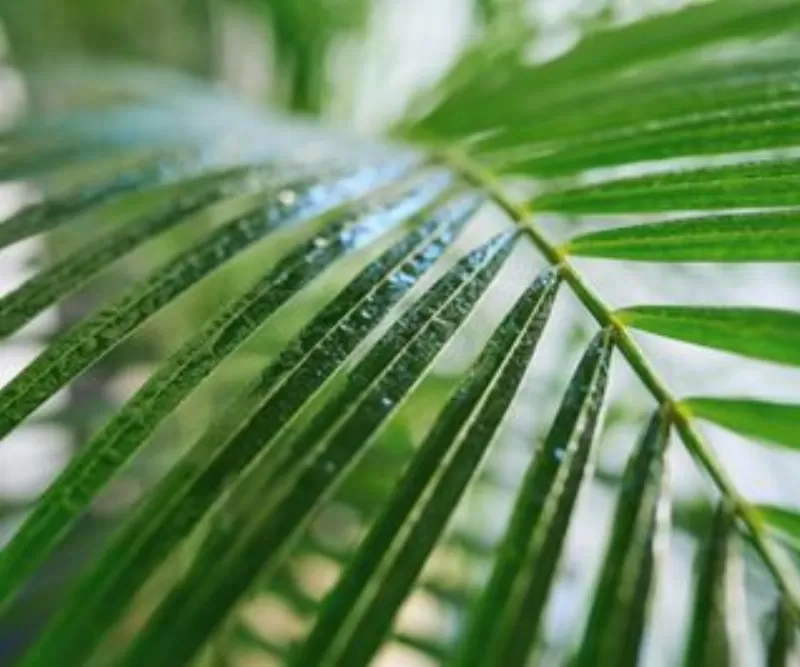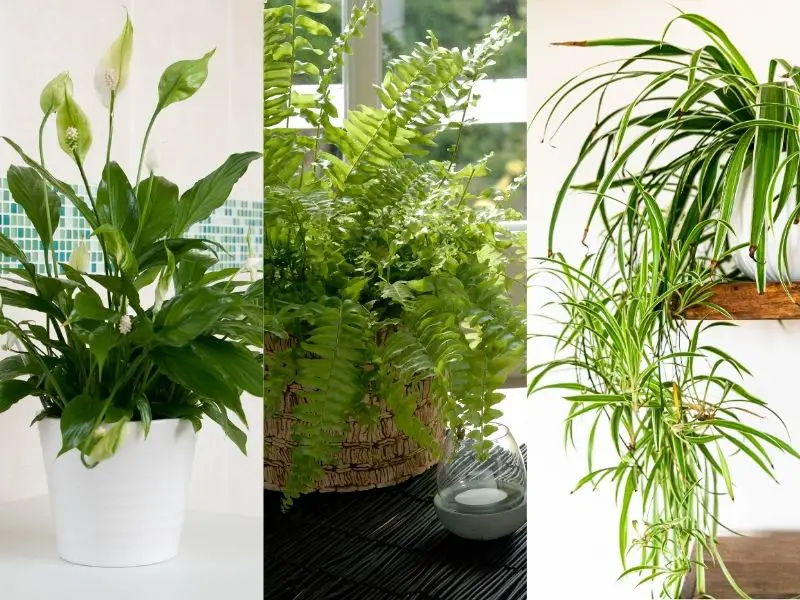- Gardening isn’t about a 100% success rate; it’s about the journey and the lessons learned.
- Struggling plants offer valuable insights into care and environment suitability.
- Focusing on thriving plants and celebrating progress fosters a healthier mindset.
- Embracing imperfection allows for a more authentic and enjoyable connection with your green friends.
In the curated world of social media, it’s easy to feel like every houseplant should be picture-perfect, lush, and thriving effortlessly. But the reality of nurturing living things is often beautifully messy. As passionate home gardeners, we know that success isn’t always measured by a flawless green thumb, but by resilience, patience, and the willingness to learn. Here at The Little Garden, we believe there’s immense joy and growth in embracing imperfection in houseplants. It’s a philosophy that transforms perceived failures into valuable learning experiences and deepens our connection with our plants.
Contents
The Reality of Houseplant Care: Beyond the Perfect Picture
Let’s be honest: not every plant you bring home will flourish. There will be yellowing leaves, dropped foliage, sudden wilts, and perhaps, inevitably, a few trips to the “plant graveyard.” And that’s perfectly okay! This isn’t a reflection of your worth as a gardener, but simply the nature of working with living organisms, each with unique needs and sensitivities.
Just like any skill worth learning, houseplant care involves a learning curve. My own journey has involved plants that bounced back from neglect (hello, resilient Pothos!) and others that dramatically gave up despite my best efforts (I’m looking at you, tricky Calathea!). These experiences aren’t failures; they are lessons in light, water, humidity, and understanding that not every plant is suited for every home environment.
Learning from Plant Struggles and Setbacks
Each plant that doesn’t quite make it, or one that simply refuses to look like its Instagram counterpart, has a story to tell and a lesson to teach.
Perhaps that trendy, high-maintenance plant you adored wasn’t forgiving of your busy schedule, teaching you about prioritizing care needs versus lifestyle. Or maybe a simple herb plant quickly outgrew its charming but small pot, highlighting the importance of choosing the right container size for future growth.
These moments of struggle reveal crucial information:
- Environmental Mismatch: Some plants simply aren’t happy in your home’s specific light, temperature, or humidity conditions.
- Care Adjustments: Drooping leaves might scream for water, while yellowing lower leaves could signal too much love (in the form of overwatering). Learning to read your plants is key.
- Understanding Plant Needs: Not all plants are created equal. A succulent’s needs are vastly different from a tropical fern’s.
Instead of feeling discouraged by these challenges, we can choose to view them as integral parts of the gardening process, providing valuable knowledge for future plant endeavors.
 Hand gently holding a small pot with a struggling houseplant, representing the challenges and learning experiences faced in home gardening.
Hand gently holding a small pot with a struggling houseplant, representing the challenges and learning experiences faced in home gardening.
Celebrating Progress Over Perfection
When you focus solely on achieving 100% perfection, you miss the beauty in the journey. Is your Fiddle Leaf Fig perpetually dropping its lower leaves? Perhaps you can celebrate the healthy new growth appearing at the top! Is that succulent a little etiolated? It’s still alive and bringing a touch of green to your space.
Shift your perspective from aiming for an unattainable ideal to celebrating the progress you are making:
- A plant that survived a dry spell because you caught it just in time.
- New leaves unfurling on a plant you thought was a goner.
- Successfully identifying and treating a pest issue.
- Simply remembering to water your plants consistently for a week!
These small wins are significant milestones on your gardening path. By embracing imperfection in houseplants, you free yourself from the pressure of having a flawless indoor jungle and open yourself up to the genuine satisfaction of nurturing life, challenges and all.
Focusing Energy on What Thrives
Just as in life, it’s wise to invest your energy where you see potential and receive positive returns. This applies beautifully to houseplant care. While it’s worth trying to diagnose and revive a struggling plant, there comes a point where it might be better to focus your attention on the plants that are thriving in your care and environment.
Learn from the plants that didn’t work out, but don’t let them define your entire gardening experience. Put that knowledge to good use by choosing plants that are better suited to your conditions and focusing on helping your current, happy plants flourish. This approach fosters more success and reduces frustration.
Embracing imperfection means accepting that not every plant will be a star performer, and that’s okay. Your “success rate,” whatever percentage it may be, is a dynamic metric reflecting a real-life, evolving practice.
Conclusion
The true beauty of houseplant gardening isn’t in achieving a flawless collection, but in the process of learning, adapting, and finding joy in every stage – the growth, the recovery, and yes, even the goodbye. By embracing imperfection in houseplants, you cultivate not just plants, but also patience, resilience, and a deeper appreciation for the natural world’s ebb and flow.
What houseplant lesson have you learned from a less-than-perfect experience? Share your stories in the comments below! And don’t forget to explore more tips and inspiration from The Little Garden for your perfectly imperfect green journey.

